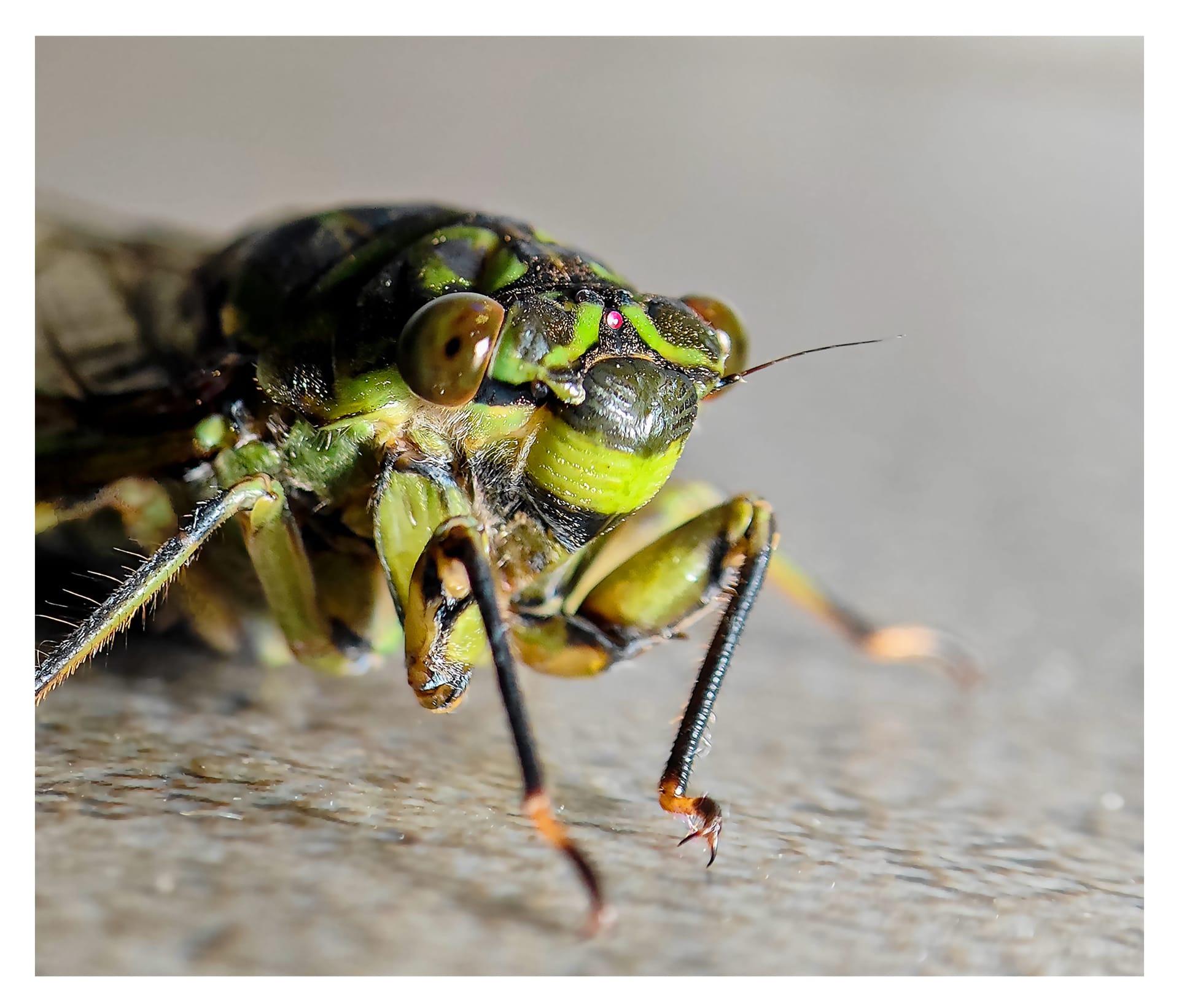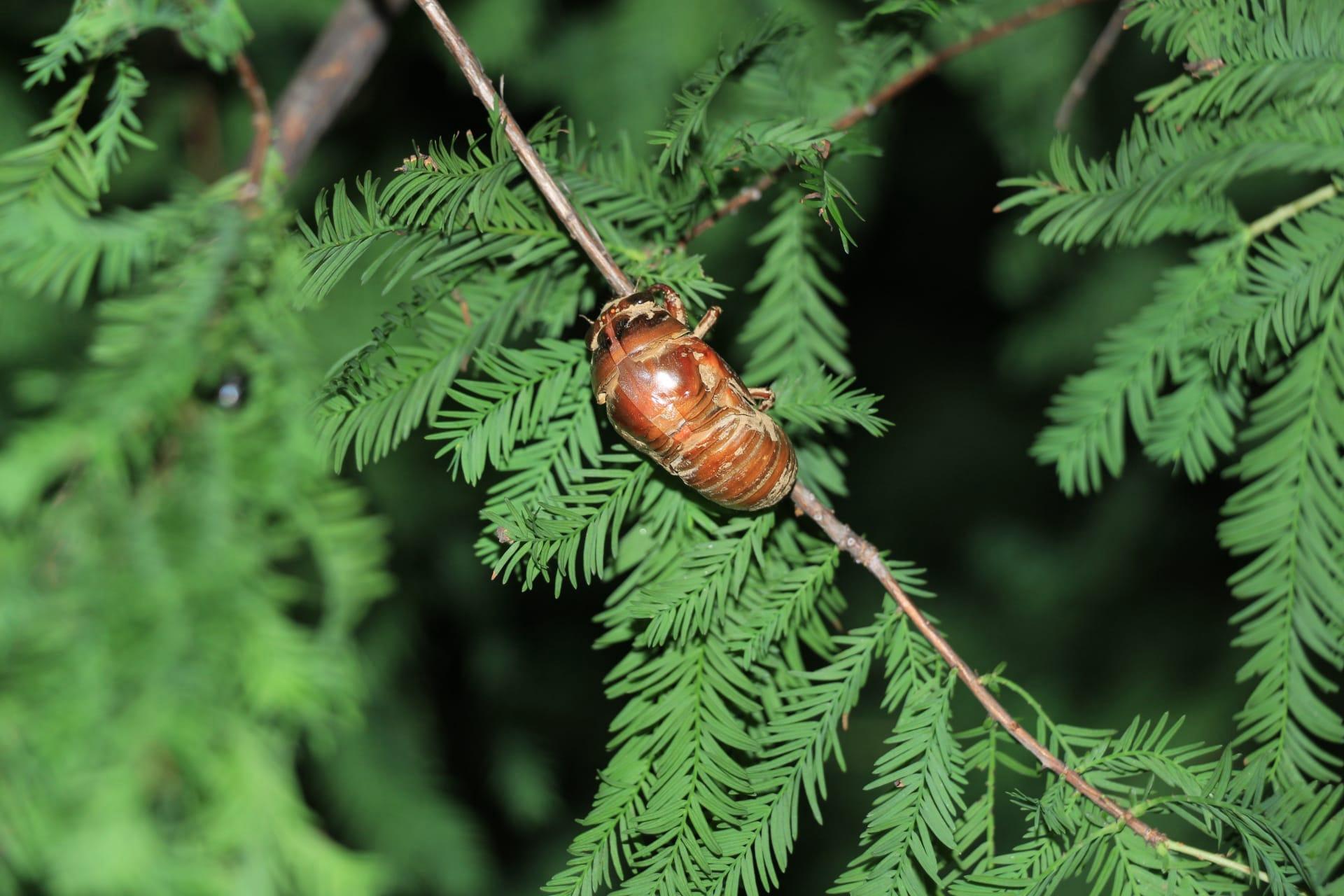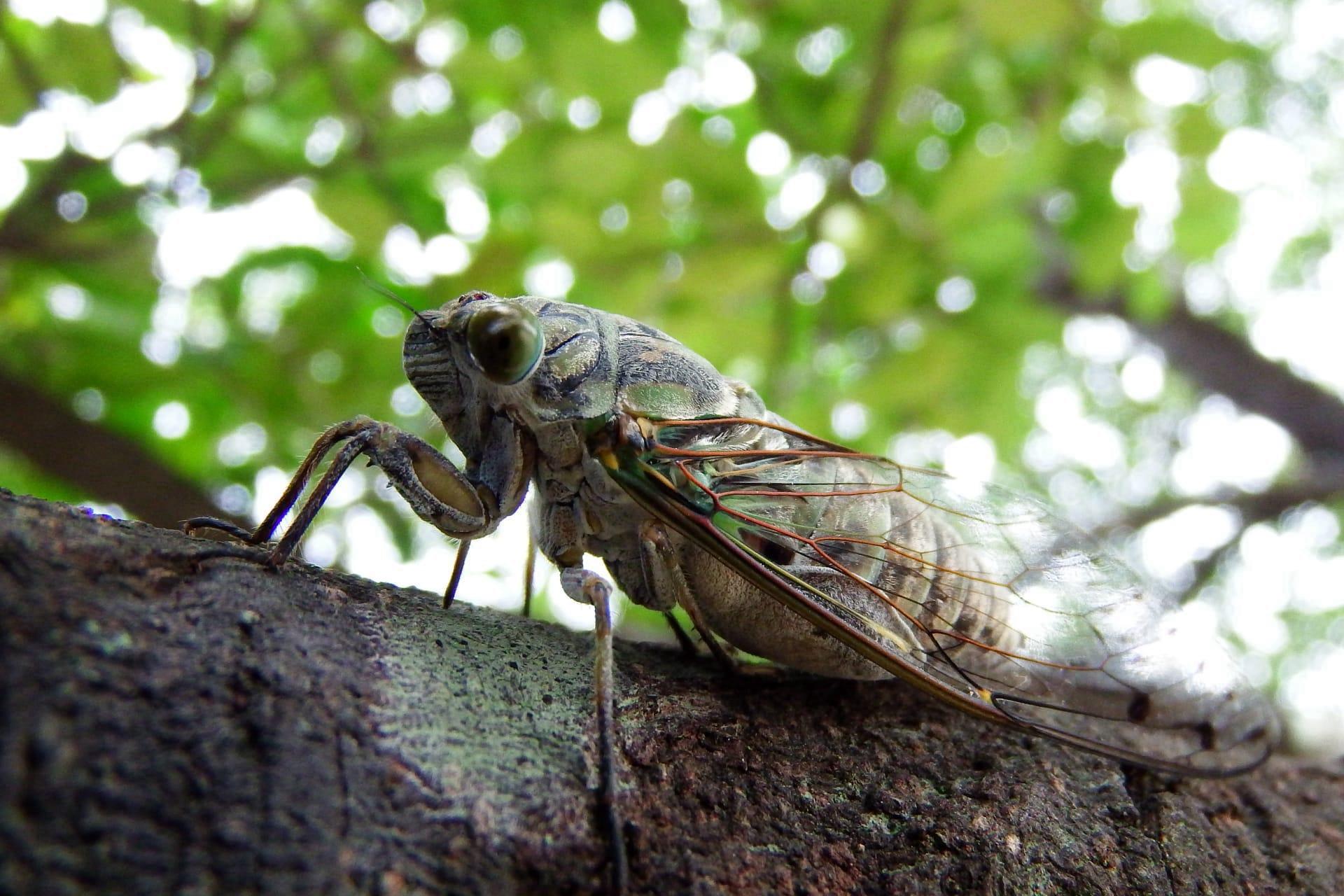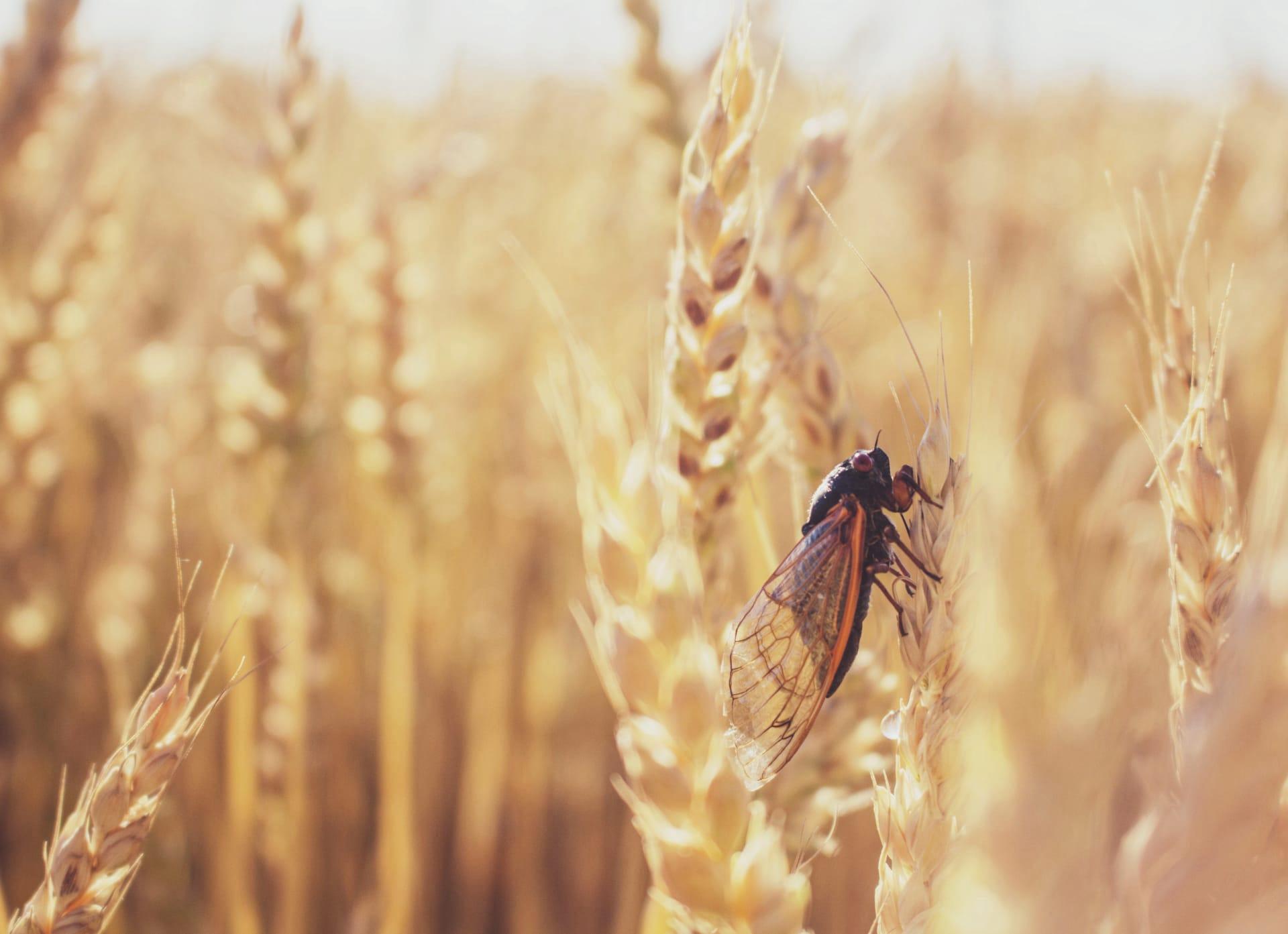1
Did you know that some cicadas have the longest lifespans of any insect? The North American genus Magicicada species are famous for their 17-year life cycles. These fascinating insects spend 17 years underground as nymphs, feeding on sap from tree roots. Then, in a synchronized emergence, they burst forth en masse to molt, mate, and lay eggs, all within a few weeks. This prolonged development is one of the longest for any insect worldwide.
Another intriguing fact about cicadas is their loud mating calls, among the most intense of any insect species. Male cicadas have special organs called tymbals, which they use to produce their distinct sound. The noise can reach up to 100 decibels, equivalent to the sound of a motorcycle or a low-flying airplane. This loud call is a serenade to attract females for mating. Remarkably, despite their volume, cicada calls are tuned to specific frequencies that are most attractive to females of their own species.

2
Cicadas are also remarkable for their ability to "count". Studies suggest that these insects keep track of the passing years underground to know when to emerge. It's believed they use environmental cues like the seasonal flow of sap in the trees they feed on. This natural calendar helps them emerge synchronously with others of their species, maximizing their chances for successful mating. The precise mechanism of this counting is still a subject of scientific fascination.
Interestingly, cicadas play a crucial role in their ecosystems. When they emerge in large numbers, they become a significant food source for many predators, including birds, mammals, and even fish. Their abundance provides a feast that can affect entire food chains. Additionally, when cicadas die, their decomposing bodies release nutrients into the soil, significantly benefiting the plants they once fed upon. This nutrient cycle is a vital part of forest ecosystems where cicadas are common.

3
One of the lesser-known facts about cicadas is their impact on the wine industry. In years when cicadas emerge, vineyards can experience significant effects. The females cut small slits in young twigs to lay their eggs, which can damage young grapevines. This can lead to a condition known as "flagging," where parts of the vine die back. However, older vines are generally robust enough to withstand this temporary stress. Some winemakers even note that cicada years can lead to unique flavor profiles in the resulting wines.
Cicadas also have a unique survival strategy called "predator satiation". By emerging in massive numbers all at once, they overwhelm predators. The idea is simple yet effective: there are so many cicadas that predators can't possibly consume them all, ensuring that enough survive to mate and lay eggs. This strategy is so successful that it only needs to occur once every several years, aligning with their long life cycles. This natural phenomenon is a spectacular display of survival in the insect world.

4
The singing of cicadas is not just a random noise; it is highly structured and varies by species. Each species has its own unique song used to attract mates. These songs are so specific that they can be used to identify different cicada species. Some species even have multiple song types, used in different contexts, like courting a nearby female or competing with other males. The complexity of these songs is a testament to the intricate communication systems in the insect world.
Did you also know that cicadas can affect the weather, in a small way? Large swarms of cicadas can raise the temperature slightly in their immediate vicinity. The collective body heat and moisture released from their breathing can create microclimates. These microenvironments are slightly warmer and more humid than the surrounding air, demonstrating how even small creatures can impact their environment.

5
Cicadas have a unique defense against predators, beyond their overwhelming numbers. They can produce chemicals in their bodies that make them unpalatable to many potential predators. This chemical defense is particularly important for nymphs, the juvenile form that lives underground, as they are more vulnerable than the adults. These chemicals deter all but the most determined of predators, contributing to the nymphs' survival during their long development underground.
Cicadas have an intriguing connection to mathematics, particularly in the periods of their emergence. The most famous are the 17-year and 13-year cicadas, with these periods being prime numbers. Scientists believe that having a life cycle that is a prime number makes it more difficult for predators to synchronize with their emergence. It's a fascinating intersection of biology and mathematics, showing how natural selection can lead to remarkably sophisticated survival strategies.